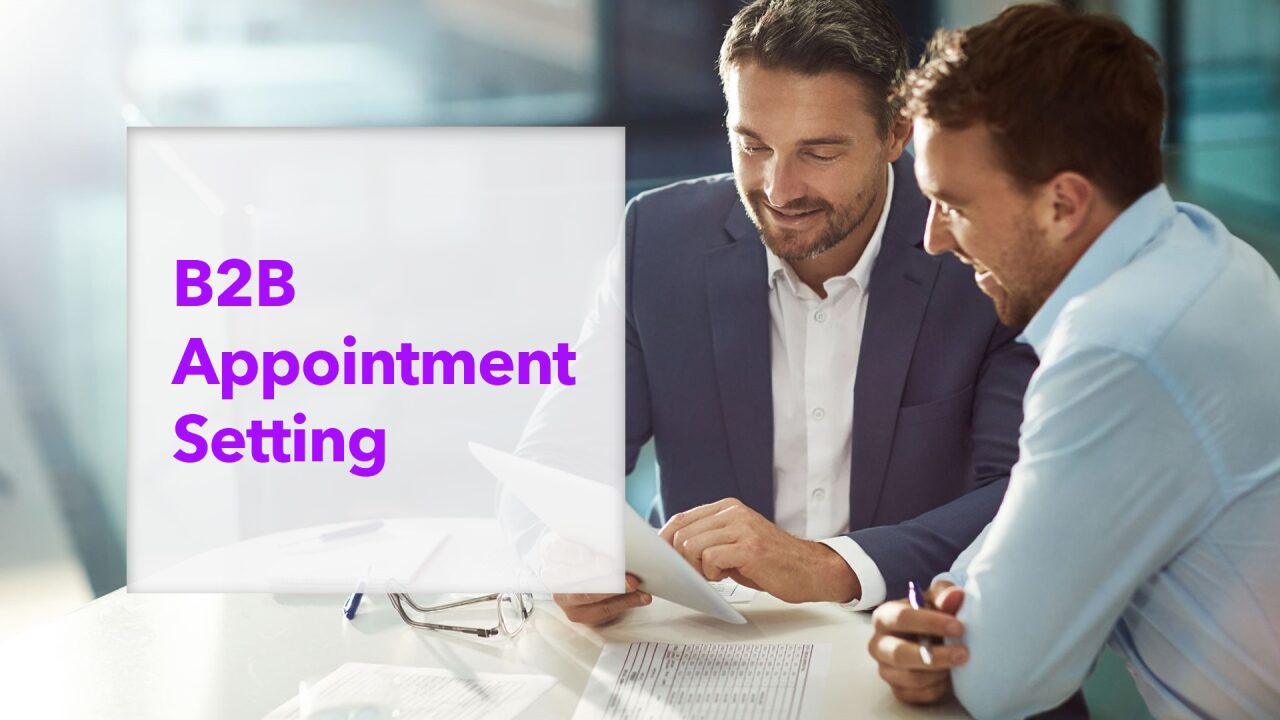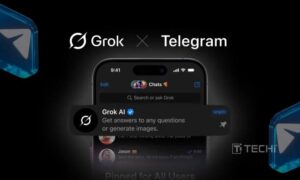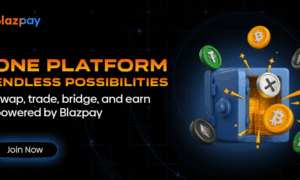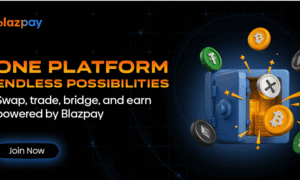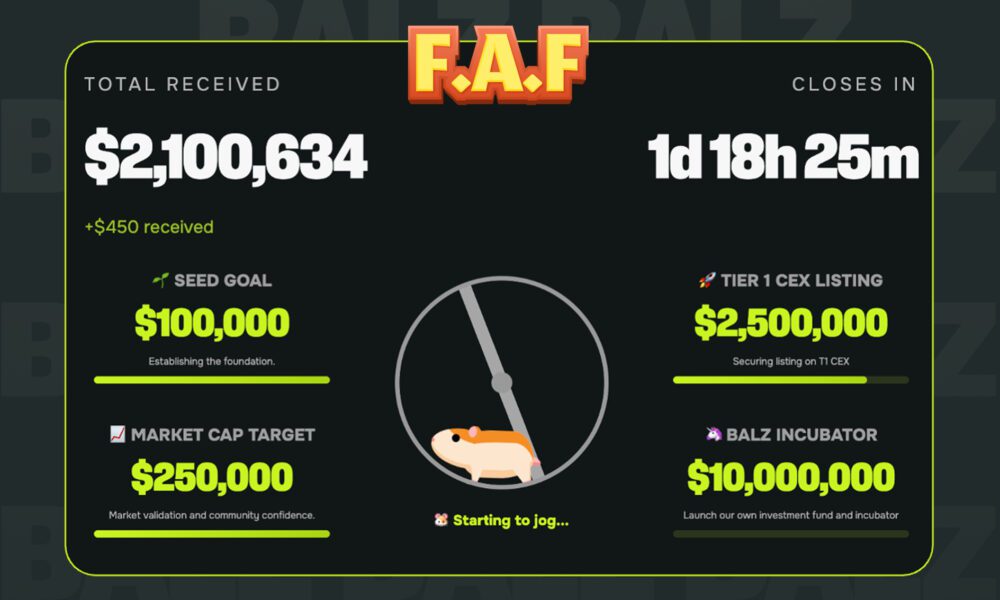In the complex world of B2B sales, getting a decision-maker to agree to a meeting can feel like trying to get an audience with royalty. The stakes are high, the time is limited, and the gatekeepers are many. That’s where the science of psychology meets the art of B2B appointment setting. When done right, it can significantly improve your conversion rates and move prospects smoothly through your pipeline.
Let’s break down the psychological principles behind effective B2B appointment setting and learn how to ethically use them to get more “yeses” from decision-makers.
- Understanding the Decision-Maker’s Mindset
The first step in successful B2B appointment setting is understanding the psychology of your target: the decision-maker.
Cognitive Load and Time Scarcity
Executives and other high-level stakeholders are constantly bombarded with information. They suffer from “cognitive overload,” meaning they only have the bandwidth for concise, relevant, and valuable communication. They are also time-starved, making every second of communication matter.
Risk Aversion
In B2B environments, decisions often come with significant risk—financial, reputational, and operational. Decision-makers are naturally cautious. They need to feel confident that engaging with you will reduce uncertainty, not increase it.
Value-Oriented Behavior
B2B buyers are rational, but they’re not emotionless. They are looking for value—whether it’s solving a pain point, improving efficiency, or gaining a competitive edge. Your pitch should make that value crystal clear from the outset.
- The Power of First Impressions
In B2B appointment settings, your first impression—often made through email, LinkedIn, or a phone call—can make or break the opportunity.
The 7-Second Rule
Psychologists say it takes just seven seconds to form a first impression. In that tiny window, the tone, clarity, and professionalism of your outreach can determine whether the prospect continues reading or hits delete.
Personalization Is King
Generic pitches are dead. According to studies, personalized emails can improve response rates by over 30%. Use their name, reference their business, highlight a recent achievement or a relevant industry trend. Show them you’ve done your homework.
- The Psychology of Persuasion
Here are some powerful psychological principles from Dr. Robert Cialdini’s six principles of persuasion, adapted for B2B appointment setting.
- Reciprocity
Give value before asking for something. This could be a helpful article, a unique insight, or a quick audit of their current system. When you give first, prospects are more inclined to reciprocate with their time.
- Authority
People trust those who are credible. Mention your company’s credentials, success stories, or your personal expertise in a relevant domain. Use subtle signals of authority—without boasting—to build trust.
- Social Proof
If others like them have benefited from meeting with you, let them know. Use testimonials, client logos, or case study snippets. Social proof mitigates the perceived risk and builds confidence.
- Scarcity
People are wired to act on opportunities that seem limited. Phrasing like “we’re only taking three new clients this quarter” or “slots are filling up fast for Q3 consultations” adds a sense of urgency.
- Liking
We say “yes” to people we like. Building rapport—through shared connections, similar interests, or a genuine compliment—can go a long way in increasing your likability.
- Commitment and Consistency
Start with small asks before making big ones. Getting a prospect to open your email or respond to a quick LinkedIn message can make them more likely to say “yes” to a meeting later.
- Emotional vs. Rational Appeals
B2B buyers are often thought to make decisions solely based on logic. While it’s true that they require data and ROI projections, emotions still play a crucial role.
Storytelling Wins
Facts tell, stories sell. Use short narratives to explain how you helped a company like theirs overcome a similar challenge. This makes the benefits feel real and relatable.
Tap Into Fear and Aspiration
Without being manipulative, you can nudge prospects by gently highlighting what they stand to lose (e.g., falling behind competitors) and what they can gain (e.g., increased revenue or efficiency).
- Optimizing the Message for Psychology
Whether you’re writing emails or calling, the structure and tone of your message matter just as much as the content.
Keep It Short
Keep initial messages under 150 words. Use short sentences, clear formatting, and bullet points if necessary. Decision-makers scan before they read.
Make the CTA Effortless
Instead of asking for a “15-minute call,” try “Would you be open to a brief conversation next week?” It feels less demanding and gives them control.
Use Open-Ended Questions
Rather than “Would you like to learn more?” ask “What challenges are you currently facing with X?” This invites dialogue instead of a simple yes/no.
- Timing and Frequency
When and how often you reach out can significantly influence your success in B2B appointment setting.
Best Times to Reach Out
Studies show that the best times to reach executives are mid-week (Tuesday to Thursday) and early in the morning or late afternoon. Avoid Monday rush and Friday wind-down.
The Rule of 7
Psychological studies suggest that it takes at least seven touchpoints to get a response. Persistence, when done professionally, signals confidence and commitment.
- Navigating Gatekeepers with Psychology
Gatekeepers like executive assistants are trained to shield their bosses from unnecessary interruptions. But they’re not your enemy—they’re your first ally.
Show Respect and Professionalism
Don’t try to trick or bypass gatekeepers. Treat them with the same respect you would the decision-maker. Often, they have more influence than you think.
Arm Them with a Reason
Give the gatekeeper a concise, compelling reason for the meeting so they can effectively advocate on your behalf.
- Leveraging Multi-Channel Psychology
Not all brains respond the same way to communication styles. Using multiple channels increases your odds of connecting.
- Email: Great for thoughtful, structured outreach. Combine data and personalization.
- Phone Calls: Effective for creating urgency and establishing tone.
- LinkedIn: Ideal for warming up prospects and creating familiarity before outreach.
- Video Messages: These create a human connection, show effort, and are hard to ignore.
A multichannel strategy keeps you top-of-mind and shows professionalism.
- Analyze and Adapt Using Behavioral Data
Psychology isn’t static. Use tools like CRM insights, email open rates, and call analytics to see what’s working and where you’re losing people.
- Are certain subject lines outperforming others?
- Do meetings spike when a particular CTA is used?
- Are decision-makers engaging more after video introductions?
Adapt based on actual behavior, not just assumptions.
Make It About Them, Not You
The golden rule of B2B appointment setting is this: always make it about the prospect. Their pain, their goals, their growth. When you position yourself as a trusted advisor instead of a pushy salesperson, you tap into a powerful psychological dynamic that shifts the conversation from “why should I meet with you?” to “how soon can we talk?”
By understanding and ethically applying psychological principles, your B2B appointment-setting efforts will not only get more yeses but also build stronger, trust-based relationships that turn meetings into meaningful opportunities.

